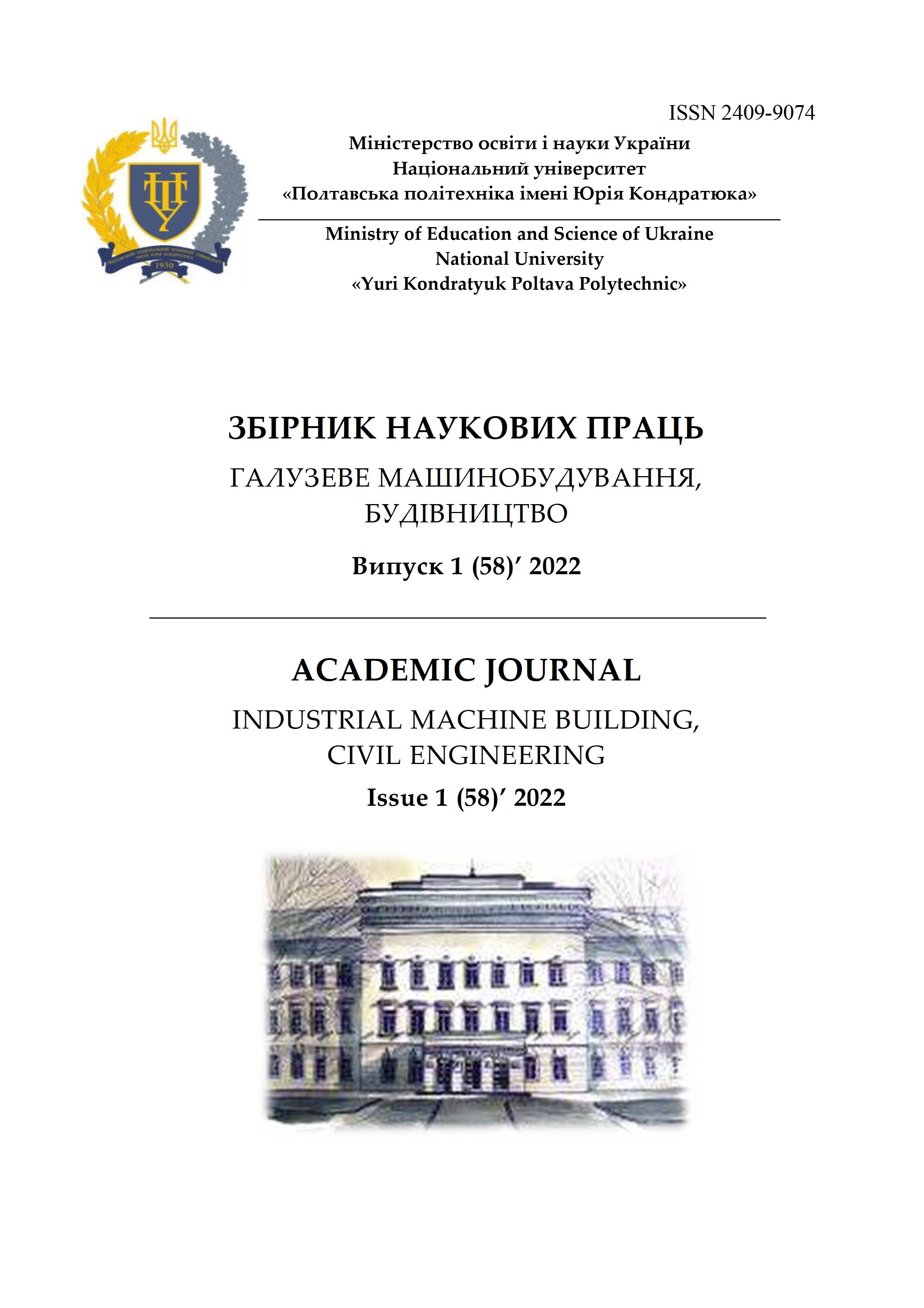The allowable stress method is the basis of the modern method of calculating building structures according to limit states
DOI:
https://doi.org/10.26906/znp.2022.58.3078Keywords:
design codes, reserve factor, allowable stresses, limit states, material strength, steel gradeAbstract
The article consistently examines the evolution of building construction calculation methods and their reflection in regulatory documents for the period from the 17th-18th centuries to the middle of the 20th century. Attention is drawn to the continuity of the method of limit states and the method of allowable stresses, which dominated the calculations of building structures until the 1950s. It is noted that foreign experience was taken into account when developing the first domestic design codes. A comparative analysis of the codes for calculating building structures based on allowable stresses with modern design codes is carried out. The general conclusion is substantiated that the method of allowable stresses, despite all its shortcomings, over the 200-year period of application still ensured the necessary reliability and safety of construction objects around the world. In the background of the method, a large and valuable baggage of scientific results was acquired, which were later laid as the basis of a new method of limit states
References
Volkov I.N. (1914). Laws of the Babylonian king Hammurabi. Cultural and historical monuments of the Ancient East. Issue I.
Bernstein S.A. (1957). Essays on the history of structural mechanics. Gosstroyizdat
Lopatto A.E. (1990). From the history of building structures: L, M, Q, N. K.: Budivelnik
Bazhenov V.A., Vorona Yu.V., Perelmuter A.V. (2016) Structural mechanics and theory of buildings. Draw from history. K.: Caravela
Elishakoff I. (1999). Probabilistic Theory of Structures. New York: Dover Publications
Truesdell C.A. (1968). Essays in the History of Mechanics. Berlin: Springer Verlag DOI: https://doi.org/10.1007/978-3-642-86647-0
De-Rochefort N.I. (1916). Illustrated Urgent position: a guide to the preparation and verification of estimates, design and execution of work. Sixth revised edition. Petrograd: Edition K.L. Rucker
HŰTTE. Handbook for engineers, technicians and students/ (1935). Volume two. Fifteenth edition, corrected and enlarged (translated from the 26th German edition). Gosmashmetizdat
Streletsky N.S. (1926). On the question of the coefficients of the stress formula. Proceedings of the engineering research bureau STC NKPS, 10, 9-28
Streletsky N.S. (1929). The main prerequisites for assigning the formula for allowable stresses in bridges. Bulletin of engineers and technicians, 5-6
Streletsky N.S. (1935). Toward an analysis of the overall safety factor. Stress classification. Project and standard, 10
Streletsky N.S., Geniev A.N. (1935). Fundamentals of metal structures. ONTI
Paton E.O., Shevernytskyi V.V. (1932). How does the length of the side seams affect their strength. Proceedings of the Electric Welding Committee. K.: VUAN
Study of the actual work of steel structures of industrial workshops. (1938). Collection of works of TsNIPS, ed. S.A. Bernshtein. Gosstroyizdat
Calculation of metal structures taking into account plastic deformations (1938). Collection of works of TsNIPS. Gosstroyizdat
Shapiro G.A. (1949). Work of riveted joints of steel structures. Stroyvoenmorizdat
Freudenthal A.M. (1947). The Safety of Structures. Proceedings ASCE, 112, 1, 125-180 DOI: https://doi.org/10.1061/TACEAT.0006015
Wierzbicki W. (1936). Safety of Structures as a Probability Problem. Przeglad Techniczny, 690-696
Streletsky N.S. (1947). Fundamentals of statistical accounting of the safety factor of structures. Stroyizdat
Streletsky N.S. (1940). Course of metal structures. Part 1. Basics of metal structures. Stroyizdat
Pichugin S., Hajiyev M. (2020). Reflection of statistical nature of steel strength in steel structures standards.Industrial Machine Building, Civil Engineering, 1 (54), DOI: https://doi.org/10.26906/znp.2019.52.1674
-18
https://doi.org/10.26906/znp.2020.54.2263
Pichugin S. (2020). Probabilistic basis development of standartization of snow loads on building structures. Industrial Machine Building, Civil Engineering, 2(55), 5-14
doi.org/10.26906/znp.2020.55.2335
Pichugin S.F. (2021). Development of standardization of crane loads on building structures. Communal state of the city. Technical sciences and architecture. 4, 164, 82-98
doi.org/10.33042/2522-1809-2021-4-164-82-98 DOI: https://doi.org/10.33042/2522-1809-2021-4-164-82-98
Pichugin S. (2021) Many years of experience of standarding the medium component of wind load on building structures. Industrial Machine Building, Civil Engineering, 2(57), 5-13
doi.org/10.26906/znp.2021.57.2579 DOI: https://doi.org/10.32831/jik.v10i1.377
Downloads
Published
How to Cite
Issue
Section
Published 2022-12-14




